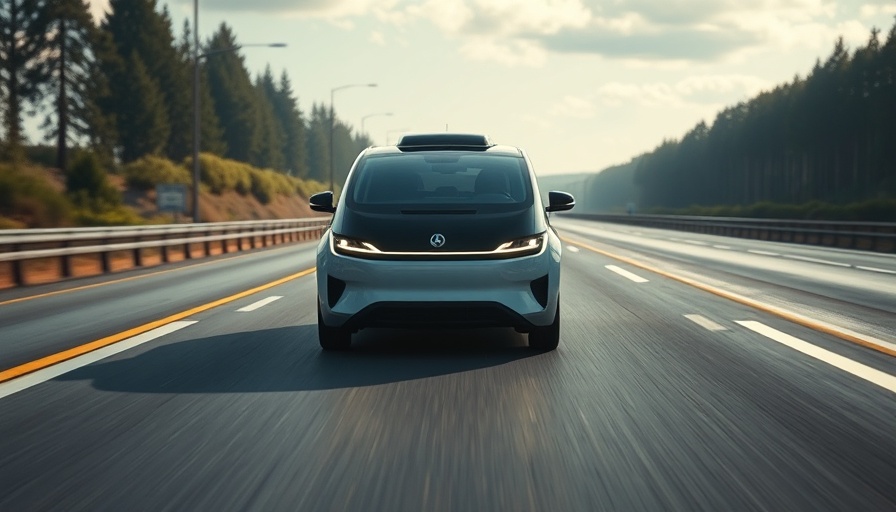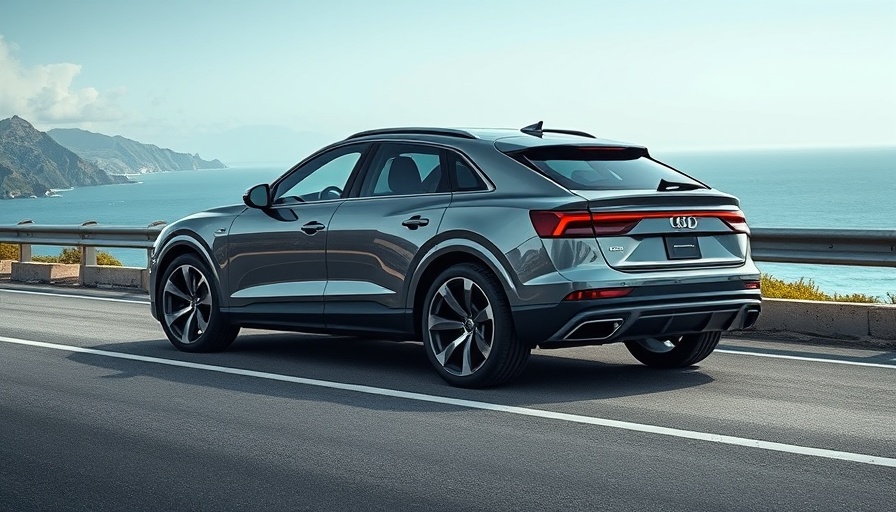
Understanding the Fear Behind Self-Driving Cars
In a rapidly evolving technological landscape, the emergence of self-driving cars has sparked a complex dialogue among drivers. A recent AAA survey reveals that while trust is gradually increasing, fear remains dominant. Only 13% of U.S. drivers feel safe riding in autonomous vehicles, despite a slight rise from last year's 9%. This hesitance is underscored by the fact that 6 in 10 drivers still express fears about getting into a vehicle that drives itself.
The Growing Preference for Advanced Safety Features Over Autonomous Technology
For most consumers, the focus is clear: enhancing vehicle safety systems is a top priority. In fact, 78% of drivers want automakers to concentrate on improving safety technologies, such as automatic emergency braking and lane-keeping assistance, rather than fully embracing self-driving innovations. This sentiment has seen a notable decline in interest from 18% in 2022 to just 13% today regarding the development of self-driving vehicles.
Generational Perspectives on Autonomous Vehicles
Interestingly, attitudes toward self-driving technology vary significantly across age groups. Millennials and Generation X are generally more receptive to riding in robotaxis compared to Baby Boomers. Yet, even among younger drivers, the majority still opt out of booking a ride in a self-driving vehicle. This generational split could shape the future adoption of autonomous technology, which remains heavily influenced by consumer trust and perceived risk.
The Road Ahead: Trust and Transparency in Autonomous Technology
According to AAA, the path toward increasing consumer confidence in self-driving cars hinges on two essential factors: transparency and education. Clear communication about the capabilities and limitations of Advanced Driver Assistance Systems (ADAS) is crucial. Drivers need reassurance that technology is being developed to enhance safety rather than replace the satisfaction of driving.
Future Insights: What's Next for Automotive Safety
With the automotive industry poised for evolution, the challenge remains for manufacturers to balance innovation with safety. As regulatory frameworks adapt to accommodate technological advances, manufacturers must work diligently to ensure that consumers understand what improvements are being made. According to AAA, continuous testing and improvements in vehicle safety technology, particularly in enhancing Automatic Emergency Braking systems, can help mitigate fears and build trust among consumers.
Takeaway: Embracing Change While Prioritizing Safety
The conversation around self-driving cars encapsulates broader societal themes of trust and innovation. While the allure of autonomous vehicles grows, it is clear that consumers prioritize their safety above all else. As technology advances, understanding these consumer perspectives will be pivotal in shaping the future of autonomous driving.
 Add Row
Add Row  Add
Add 




 Add Row
Add Row  Add
Add 

Write A Comment